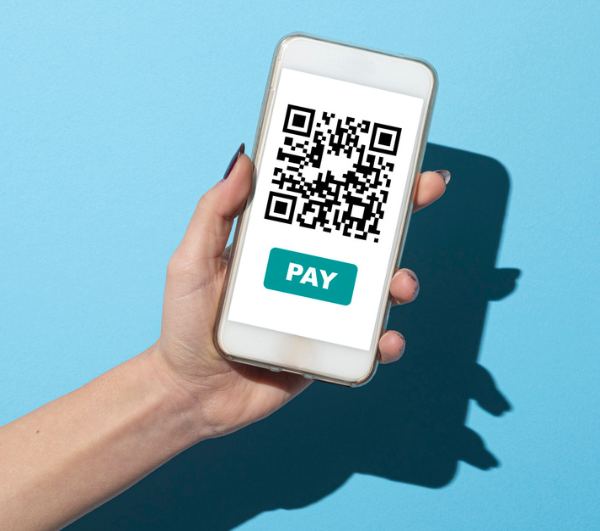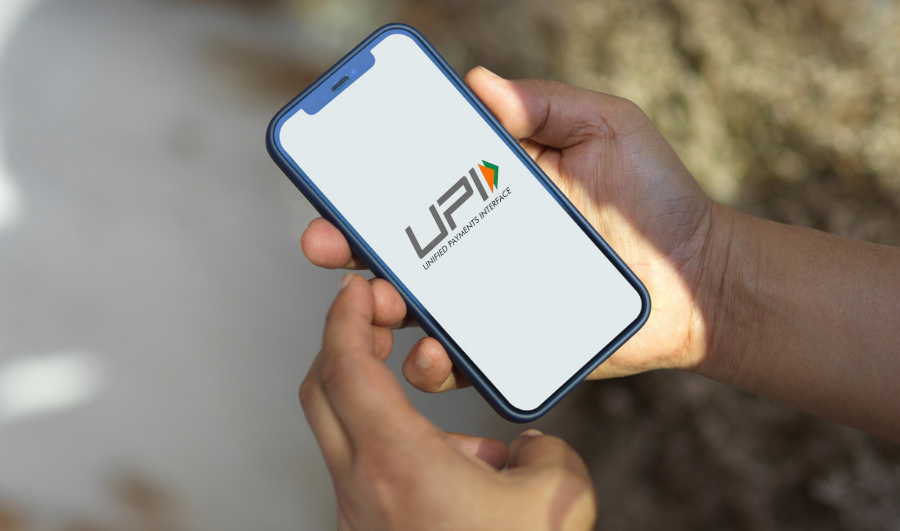Online payment transactions often involve refunds. In this post, we will highlight how these reimbursements are handled in the backend. We will also shed light on the role of the payment gateway.
In today’s digital age, payments are being done online, going hand-in-hand with almost every other aspect of our lives. Whether it is shopping, ordering food, getting groceries, or paying bills, customers prefer to pay online because it is more convenient and hassle-free. Additionally, these instant payments save time. However, in certain situations like the ones listed below, customers may be entitled to a refund that businesses need to take care of.
- A customer ordered food and cancelled it after making the payment.
- A customer purchased online tickets to a musical concert but realised that he would be unable to attend.
- A customer bought something online, made the payment, and cancelled the order.
- A customer bought something online, received the product and found it defective. Therefore, he returned it.
- The payment amount gets debited twice from the bank account. Such incidents may be due to glitches in the payment system, causing the first transaction to fail after debiting the amount.
In all of the above situations, merchants need to initiate a refund of payment. Most merchants wonder how the refund is processed. If you are also wondering how the refunds initiated by you will be processed and, more importantly, why they take so long, you’ll find your answers here!
What Is The Payment Gateway Refund Process?
Before getting into the return mechanism for online bill payments, you must first understand how online payments are processed in the first place. Most companies nowadays use payment gateways that are integrated with their businesses. These act as a mediator between the customers and the bank.
- As explained in the infographic, once the customer initiates the payment, the gateway app forwards the customer’s details to the payment gateway.
- Then, the transaction details are sent to that payment process that the merchant’s bank uses.
- In turn, the details are then sent to the customer’s bank by the processor. The details are reviewed by the customer’s bank, which checks whether the client’s account has enough funds available. Accordingly, it either accepts or declines the payment request.
- This response is returned by the processor to the payment gateway and ultimately transmitted to the website.
Likewise, all of these parties are involved in the refund process as well. The following steps will walk you through the payment gateway refund process:
- The refund request is processed across the network in case of a failed transaction. The payment gateway receives the refund request and forwards it to their banking partner (merchant’s bank).
- The information is then communicated to the customer’s bank. The refund gets processed once the transaction is accepted by all the parties involved.
- In the event of a refund due to a product return, the client must first initiate the return request, which the vendor must approve. Following approval, the refund request is initiated, and the same process is followed to carry out and complete the refund request.
Why Are There Delays In Refunds?
At times, customers may experience considerable delays in receiving refunds. The following are some of the most common causes of such a delay:
- Involvement of multiple entities in processing the refund, thus making it a long-winded process
- Weekends and public/bank holidays when the parties are not in the office
- Glitches on the portal, network or the gateway that interfere with a smooth processing
How is PayU Streamlining The Refund Process?
PayU merchant is streamlining its refund process to make it quicker and more convenient by eliminating the intervening factors to the greatest extent. With PayU, you can initiate both partial and full refunds.
- Partial refund: You can refund the partial amount out of the total amount.
- Full refund: You can refund the full amount.
What Makes The PayU Refund Process The Best?
With PayU, refunds can be initiated quickly by following the steps mentioned below:
- Login to the PayU money business dashboard.
- Go to the ‘Transactions’ tab and find the transaction you want to initiate the payment refund for. You can find the specific transaction using either the email ID, reference or transaction ID. You can also filter the transaction using the date range filter.
- Select the transaction for refund and click on the refund button.
- While initiating the refund transaction, you must select between ‘Full Refund’ or ‘Partial Refund’. In case of partial refund, enter the amount you wish to refund and click on ‘Submit’. The refund transaction will be initiated immediately.
How Do I Check The PayU Refund Request Status?
You can check the status of your PayU refund request by visiting the ‘Transactions’ tab. Click on the filter button just beside the date range filter. In the type section, select the refund option and then click on ‘Apply’. All your refund transactions will appear on the dashboard. Now, you can select the transaction whose status you wish to check.
Conclusion
Payment refunds are a common aspect of bill payment transactions made online. Therefore, it is crucial to have a smooth and convenient gateway to quickly process the refunds without any hassle. PayU is one of the pioneering gateways in India for processing payments and refunds for businesses. You can always reach out to PayU Help for any assistance and support.
Need help with your refund?





